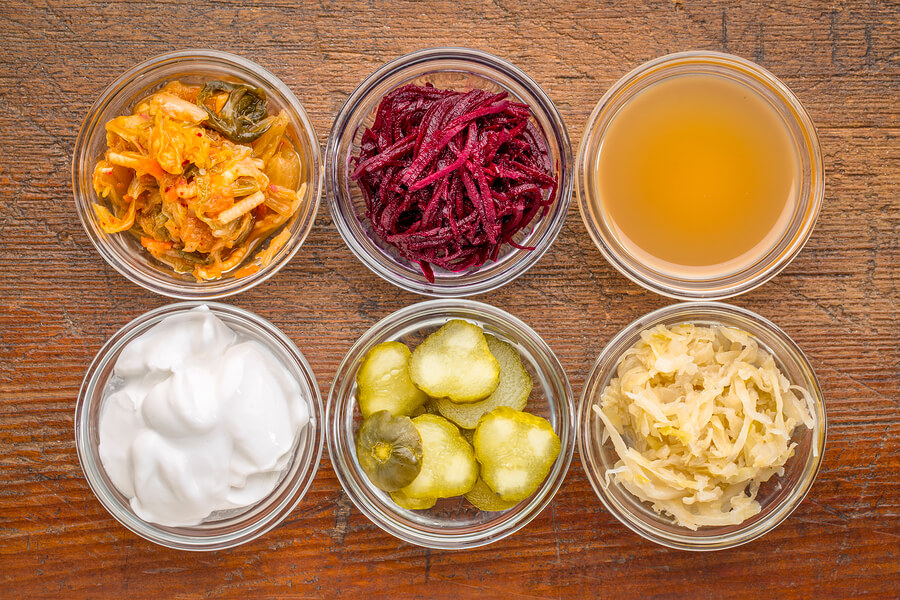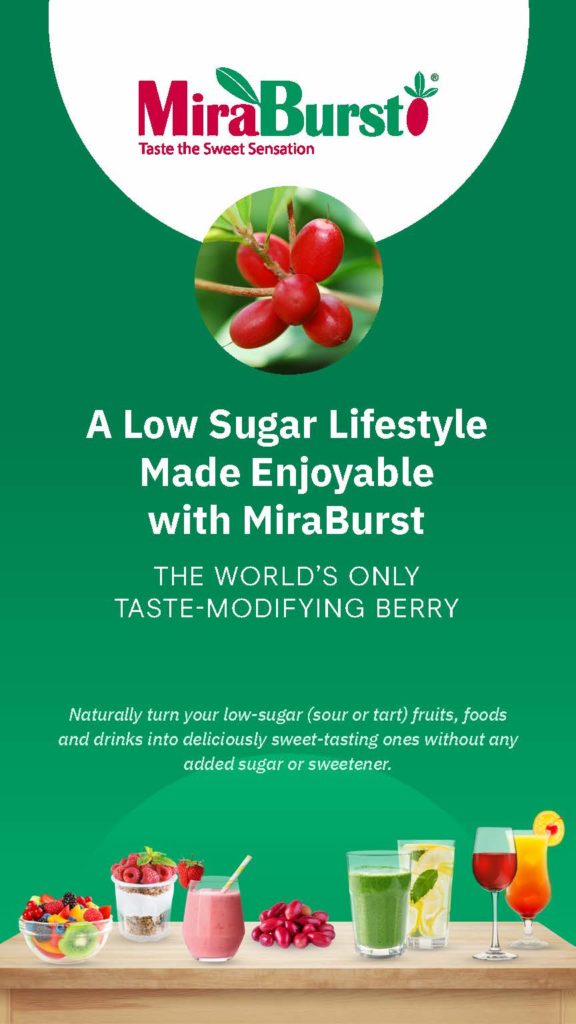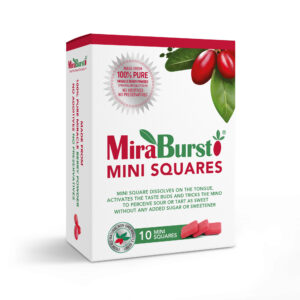
The Strange Saga of Trying to Bring a Miracle to Market
The virtues of the miracle berry have been known to Western civilization for a few hundred years since a European explorer discovered a fruit that West African tribes would consume before their meals. In fact, these berries have been consumed by West Africans for centuries.
From Sour to Delicious
The miracle fruit itself is a small red fruit with an unremarkable taste on its own, similar to a cranberry. But what it does to the flavor of other foods is its claim to fame. It was discovered that, when eaten with the tribal foods, it would make them taste sweet and flavorful. When eaten with sour or acidic foods such as vinegar or lemons, these foods become miraculously delicious.
Capitalizing on the Miracle
It was found that the miracle berry contains a protein called miraculin which tricks the taste buds into experiencing foods as sweet that are not. Can you imagine the implications of a simple and natural fruit making us believe that what we are eating is delicious even when that food may be sour and unappealing? In fact, two independent studies on miracle berries in the late 1960’s managed to isolate miraculin and in the 1970’s an entrepreneur named Bob Harvey saw an opportunity and tried to bring miraculin to market
So, What Happened?
Mr. Harvey’s company, Miralin, garnered the interest of big companies. Media hyped it as a natural and viable alternative to sugar and Harvey saw his product as being helpful to diabetics, in particular. In fact, this discovery and potential should have turned the health and diet industry on its head. So why have you never heard of this miracle fruit or its incredible abilities? You can thank the FDA for that.
Amid claims of foul play, the FDA labeled miraculin an additive which would require years of testing and vetting. In the poor economic climate of the time, they didn’t have sufficient funding to pay for years of testing and the company closed. Conspiracy theories cropped up suggesting that the sugar or artificial sweetener manufacturers got the ear of the FDA, causing them to outright ban the product without much explanation.
The Miracle Berry in Contemporary Times.
Fast forward to today and miracle berries are still alive and well. They are now being used for diabetic patients who find they crave sweetness and also for chemotherapy patients who are dealing with the metallic taste side-effects that are common. In the case of chemotherapy patients, this allows them to eat more and get access to more nourishment. Miracle fruit tablets are now available to make miraculin more accessible than ever.
[mira-cta]
A Solution to Our Sugar Addiction?
Prior to his death, the chef who wrote a whole diet cookbook centered around miraculin and cooking with miracle fruit, Homaro Cantu, was busy working with miracle berry farms in an effort to once again bring it to market as a healthy rival to sugar. Considering the 2015 data by the American Diabetes Association that 30.3 million American adults and 1.25 million children have type 1 diabetes, finding a natural and healthy solution to our sugar problem can’t come a moment too soon.


